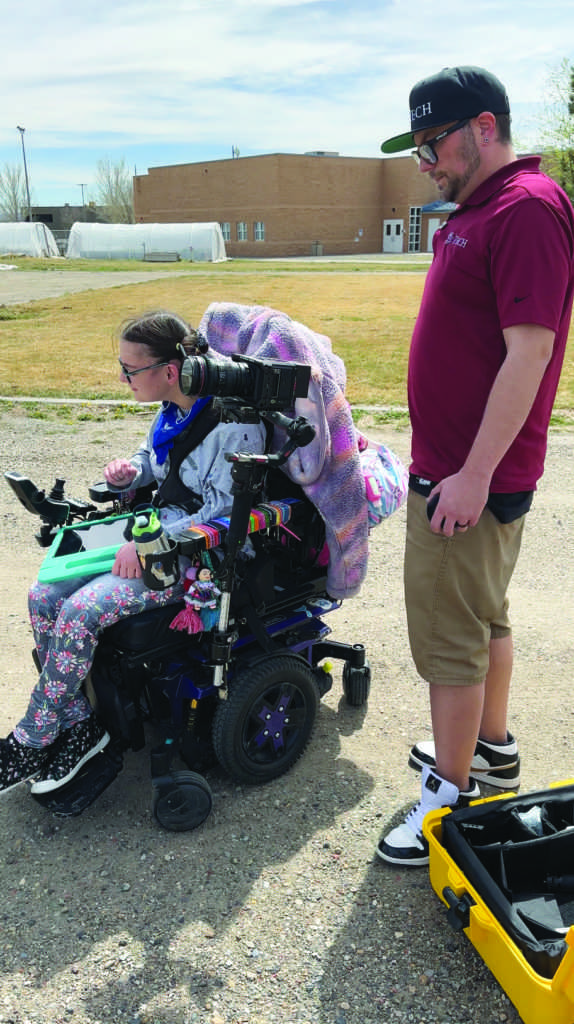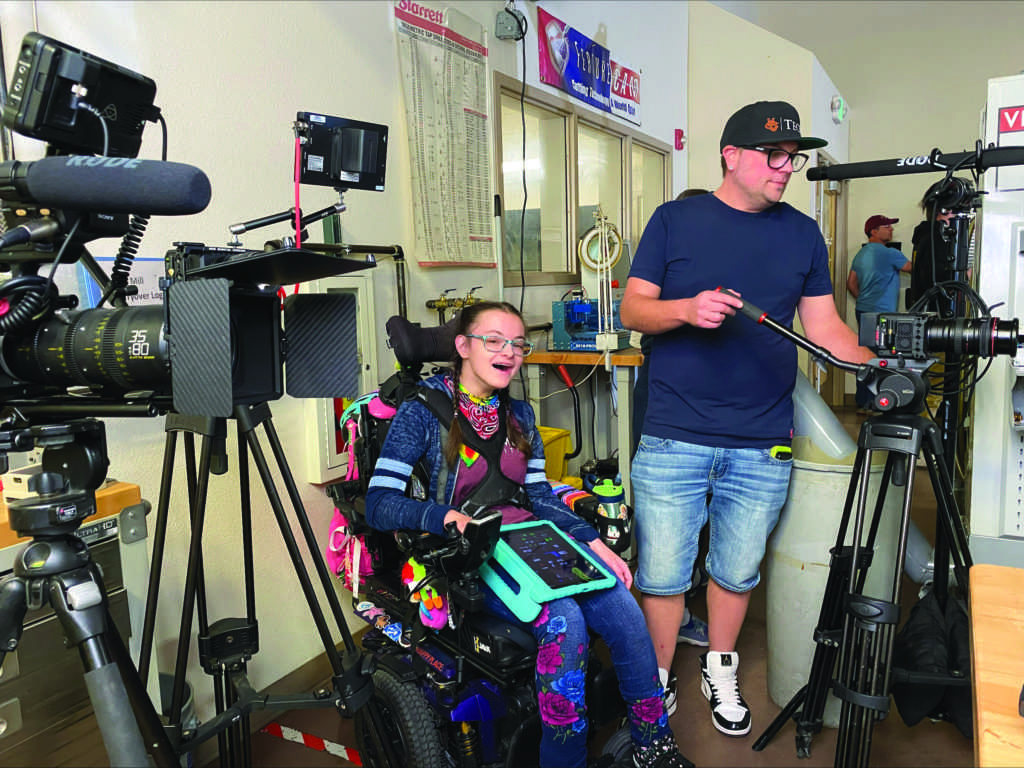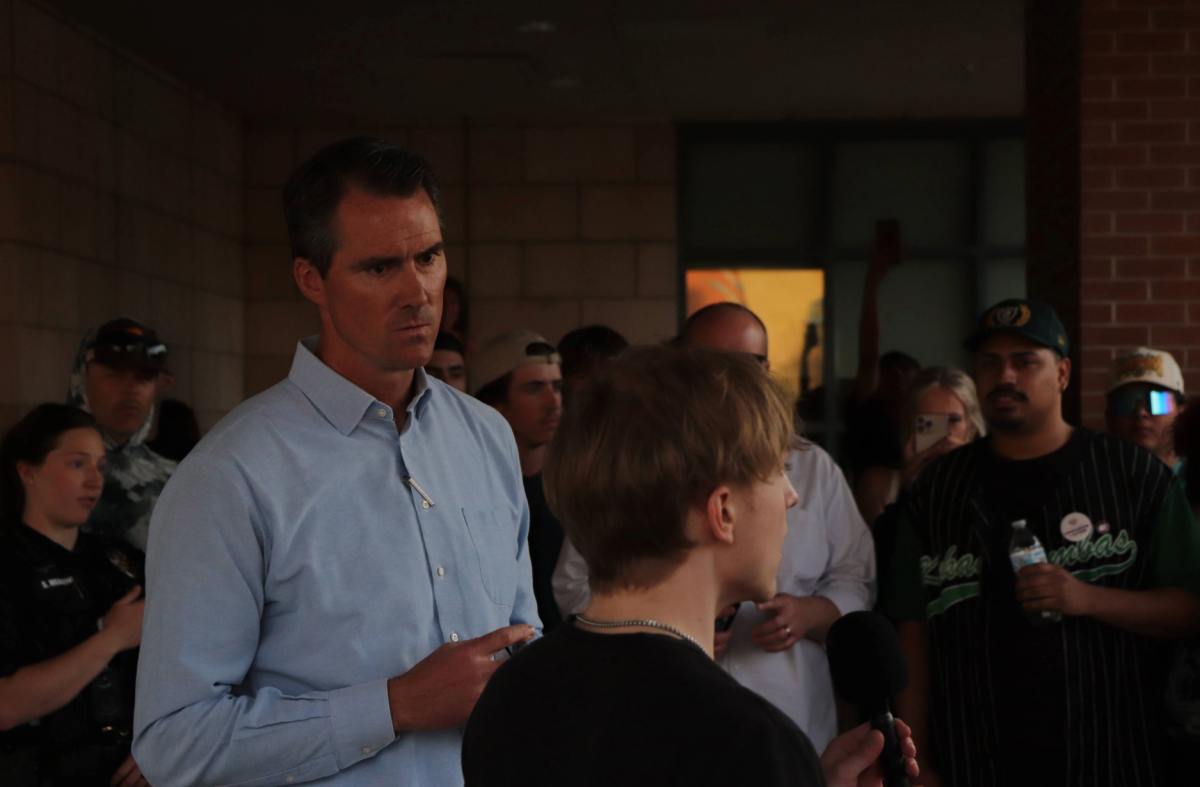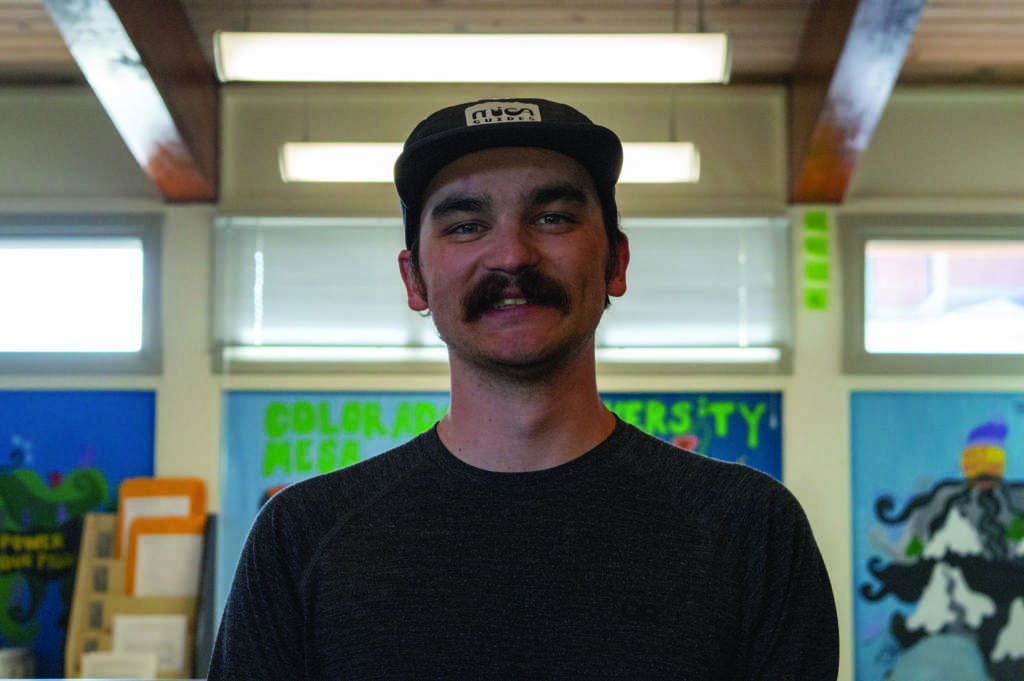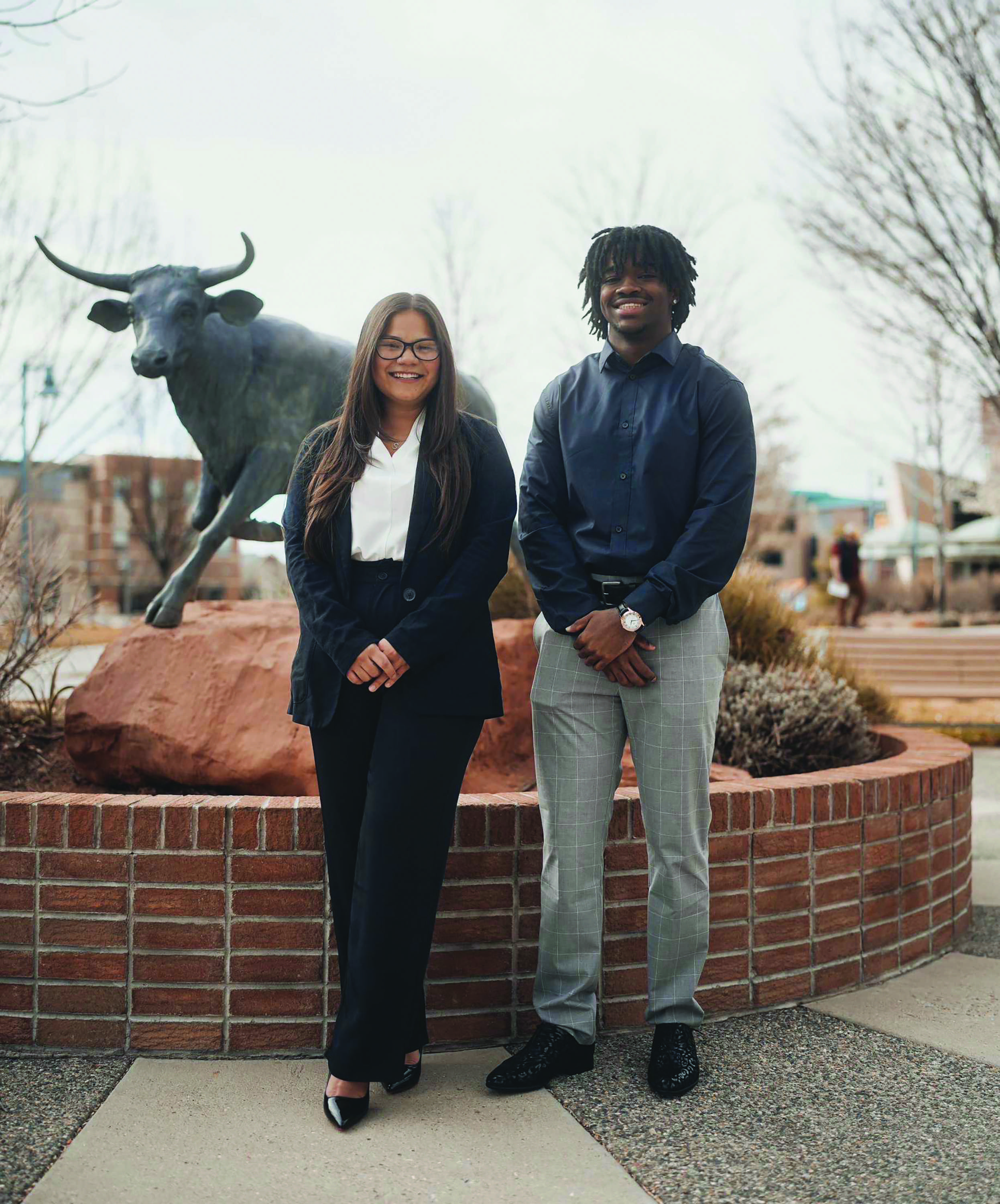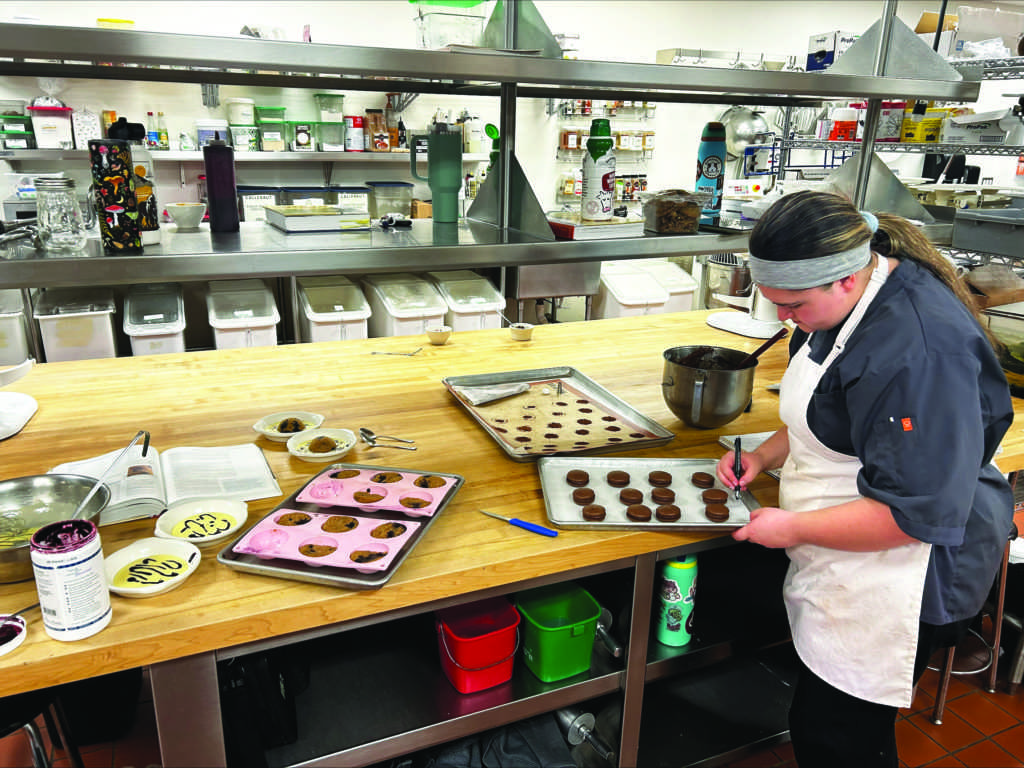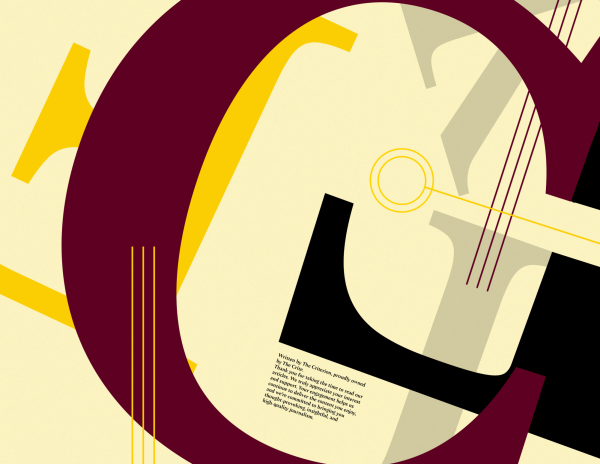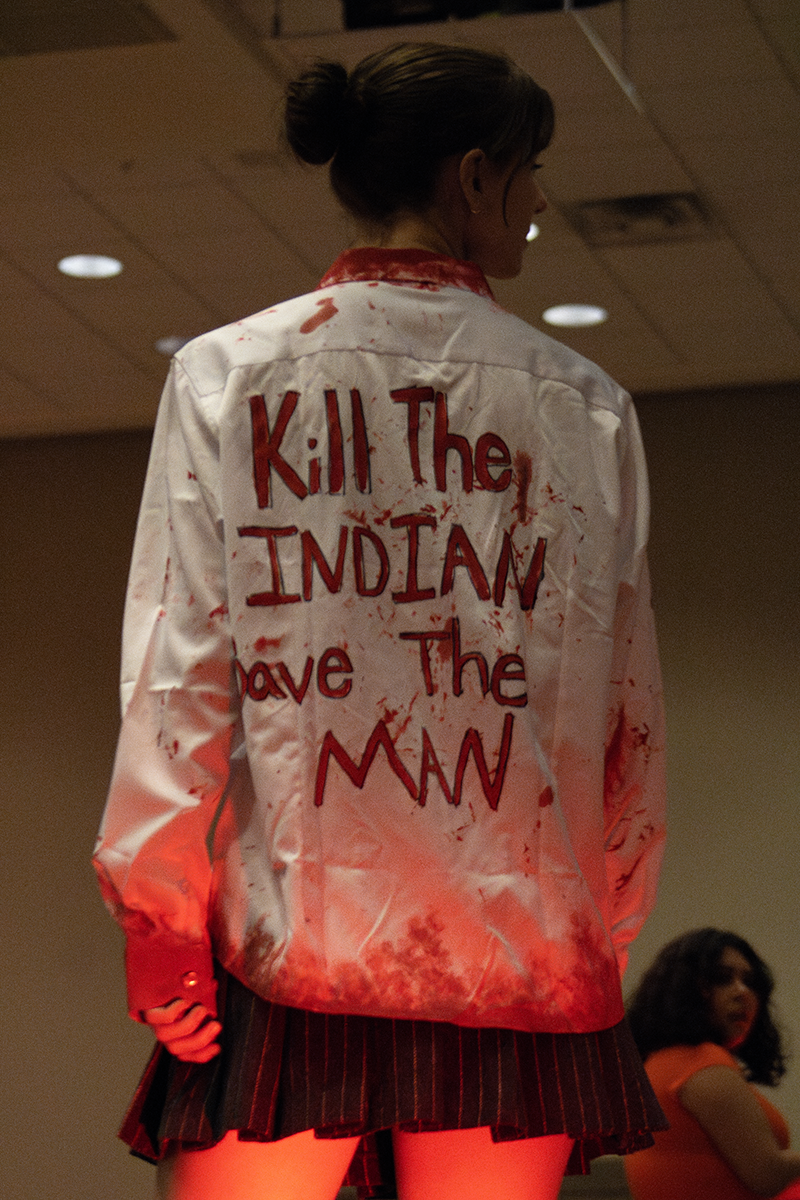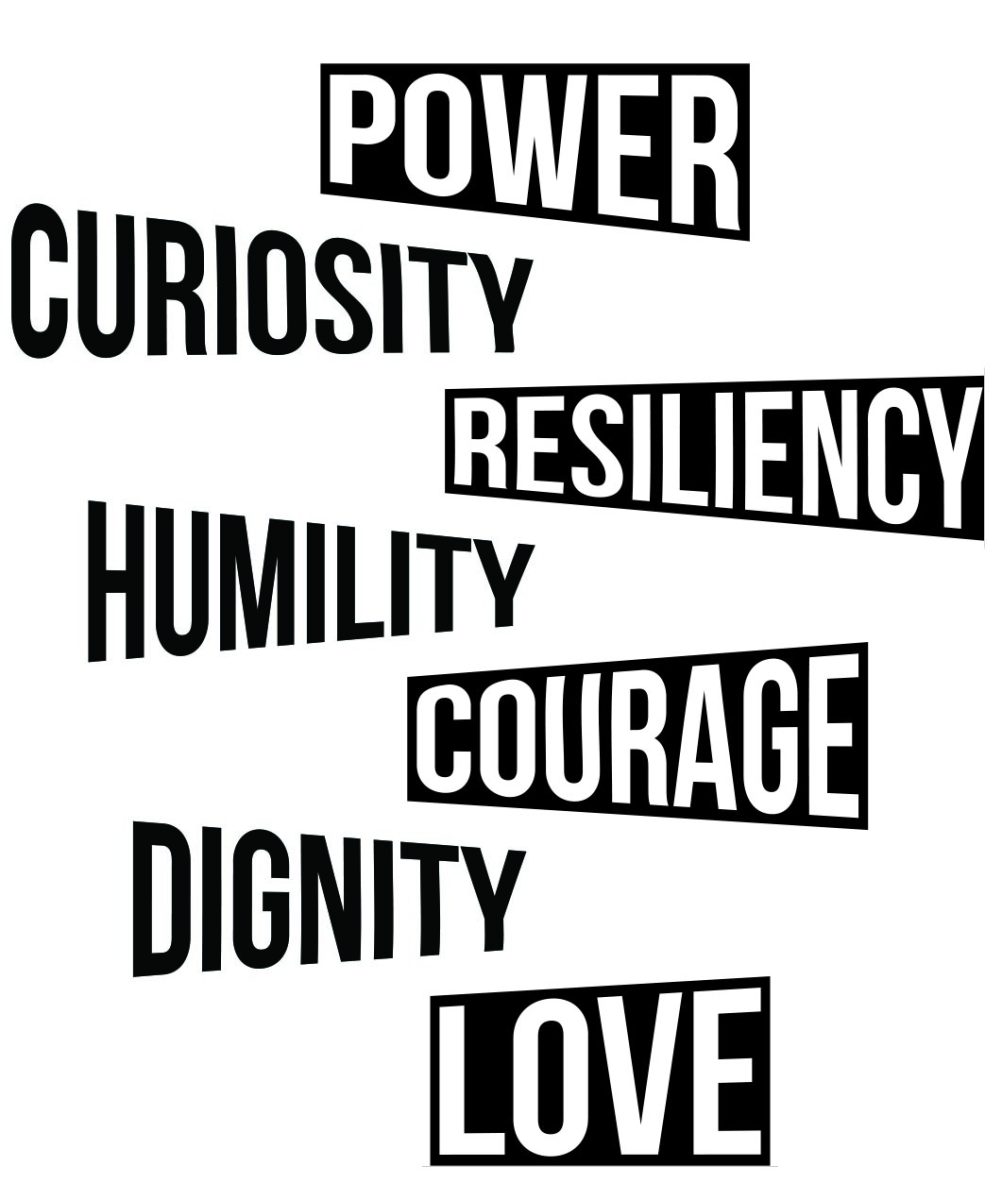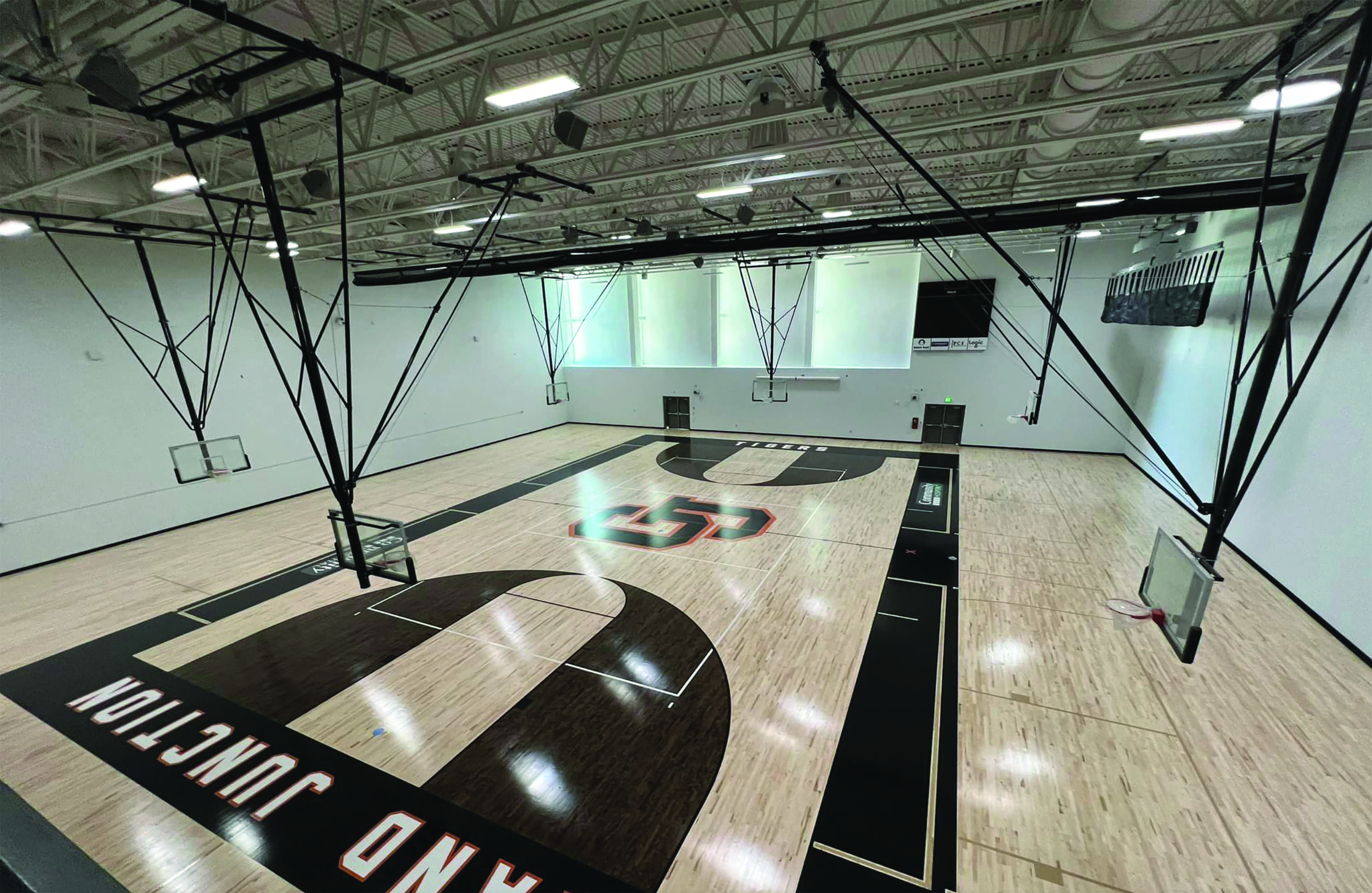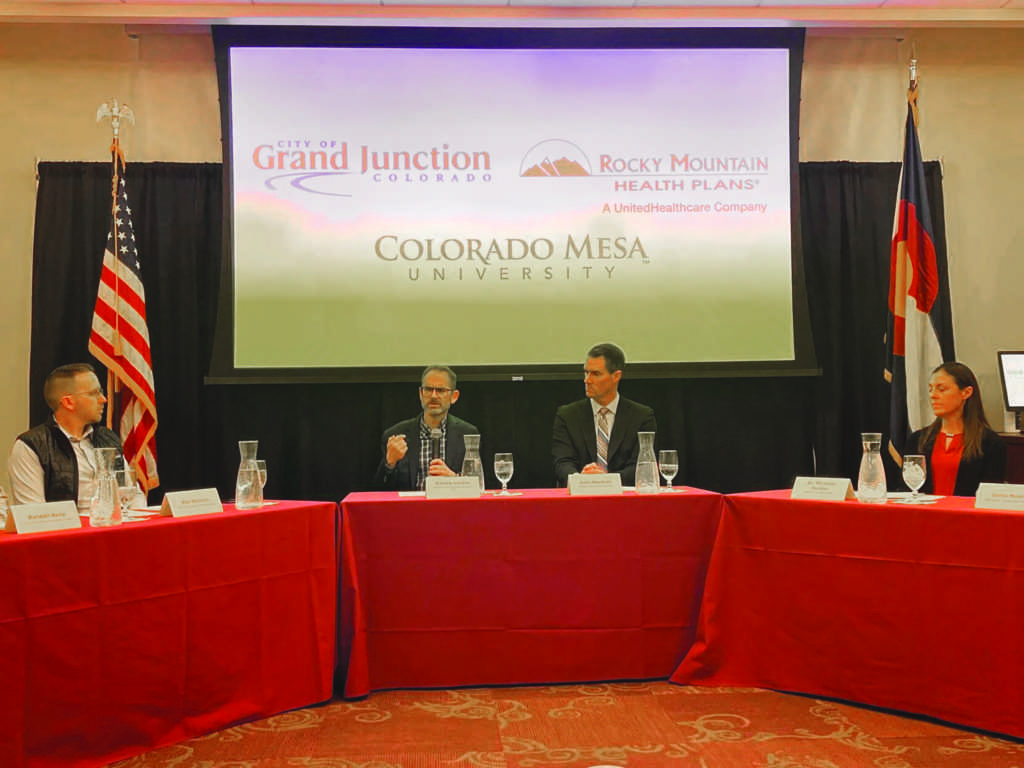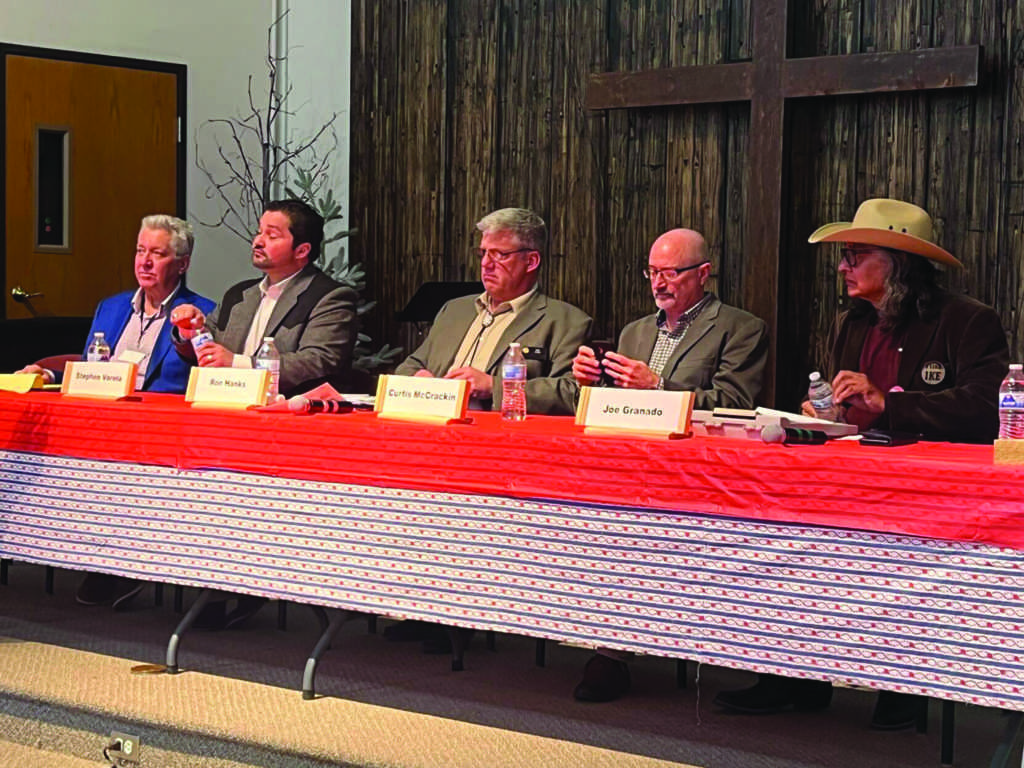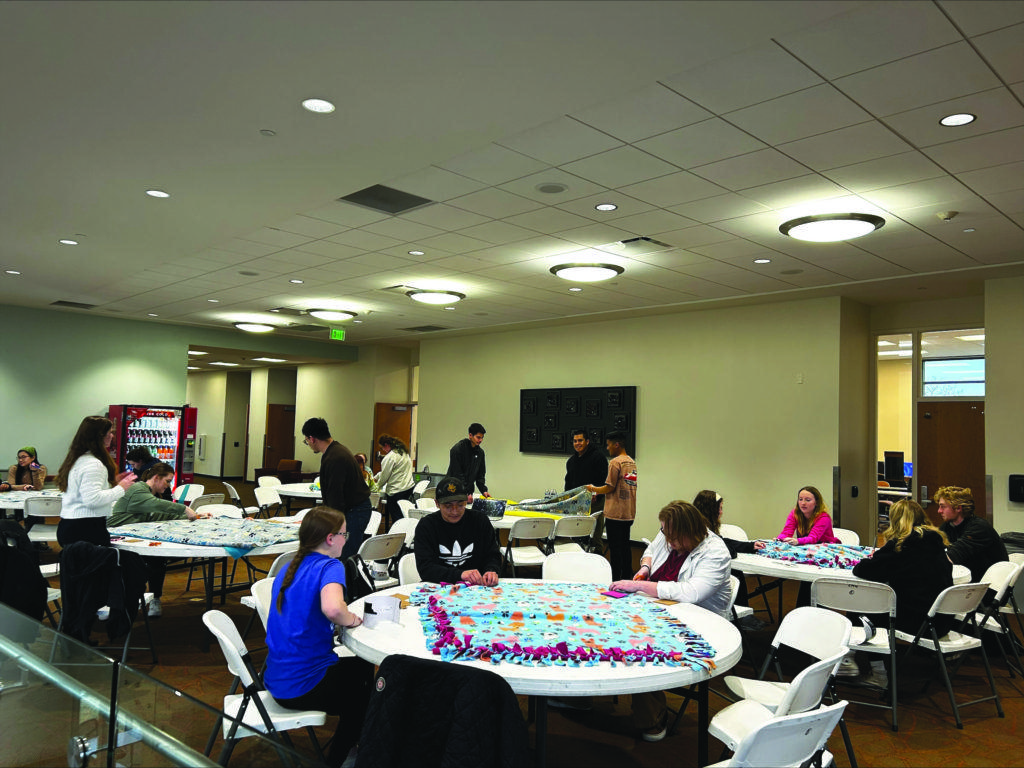A diverse group of faculty and students have joined forces to develop an incredible tool for second-year film student Cleo Wayt.
Wayt is a 19-year old who was born with cerebral palsy, and dreams of becoming an animator.
“My love of Disney inspired me to study film,” Wayt said. Tangled is a particular favorite. “I want to create animated Disney movies and reimagined classics because I love those types of films.” Wayt is bursting with ideas for films that she wants to create.
And the first part of the journey towards that path began when she signed up for CMU Tech two years ago. She feared that she wouldn’t be able to pursue a career in film because she can’t hold a camera on her own. Josh Meuwly, a film instructor at CMU Tech, told her to sign up anyway.
“We’ll figure out the rest,” Meuwly said.
Meuwly approached Technical instructor of Computer-Aided Design (CAD) Mike Mahoney, and Frank Cardoza, a Lab and Safety Technician for Manufacturing Technology, to help him develop a mount for Wayt that could attach to her wheelchair. Mahoney utilized CAD to design a rod that could
be mounted on existing fixtures of Wayt’s chair, and Cardoza machined the necessary parts based on Mahoney’s designs.
With some trial and error, the group was able to construct a mount that could hold a camera steady for Wayt that she could use to film whichever projects she was working on. Once a stable mount was crafted, the next step of the process was to find a camera that Wayt could control remotely from her iPad.
Meuwly, along with Wayt’s classmates Levi Kramer and Ryan Simpson who are both film students at CMU Tech, searched for the necessary cameras and programs that would meet Wayt’s needs.
“Josh has facilitated the manufacturing,” Kramer said, “and we’re just kind of beta testing the technology and getting everything functional.”
A lot of that beta testing took place while trying out various cameras. They started out using Meuwly’s personal cameras but found that it lacked some of the functions that they needed for remote access. However, with support from CMU Tech and with funds from grants they were awarded, they were able to purchase RED cameras that were a near perfect fit for their needs.
Kramer and Simpson have also spent a lot of time with Wayt helping her learn how to use the cameras they’ve tested. Paired with apps that give her remote access, Wayt can control all of the fine tuning for the cameras from her tablet.
“She’s actually on productions and filming things,” Kramer said. “It’s been a very cool process.” One of those productions is a documentary about the process of building the mount that Wayt, Kramer and Simpson are co-directing and producing together with Meuwly as an additional producer and advisor.
“Their trifecta has been so strong. It’s awesome,” said Meuwly.
Their synergy as a team is obvious. Wayt gets right into the middle of the action, front and center behind the cameras as Kramer and Simpson set up lights, booms and direct their subjects on set. They interviewed Cardoza about his role in the development of Wayt’s camera mount in the machine shop on Tech campus.
“We’re all makers, we’re all designers,” Cardoza said. “We’re more successful when we work together.” This is a sentiment that everyone involved with the project echoed.
“When we collaborate across programs we can accomplish just about anything, making dreams happen,” Mahoney said of the collaboration.Simpson also spoke about the community of the school as a whole.
“A big part of the story is the strength of CMU Tech having this kind of communication between departments to allow a student who’s so unique to get this kind of education,” Simpson said.
Development of the mount has been an excellent opportunity for real-world application of skills learned in the classroom for students involved with the project. Wayt, Kramer and Simpson have done a lot of experimenting and problem-solving as they film, edit and produce the documentary. Wyatt Earnest is a sophomore in Cardoza’s class who has helped to machine parts for the mount under Cardoza’s guidance.
And not only has this project proven to be a great opportunity for practical application of their skills, it has also been a very moving and emotional journey.
What began as a documentary about the process of building the mount and ironing out the kinks of remote access for the cameras has expanded to look at Wayt’s life story as well. Tears have been shed during the production of the documentary by several crew members and it is clear that they are a tight-knit group.
Once the documentary is released, the crew hopes that it will serve as a bright point in advocacy for others like Wayt to encourage them that barriers to access can be overcome.
The Colorado Office of Film, Television and Media recently awarded a grant to the project that will help them market the documentary and celebrate the work everyone has put in along the way.
“We want to have an event for her to show off her work and the culmination of all these students working hard on this,” Meuwly said, “but also to bring the community together and to help other people.”
Production will keep rolling on with Wayt and the rest of the crew, so keep an eye out for the documentary in Fall 2025. Like this collaboration, it is sure to be a sum greater than its parts.
